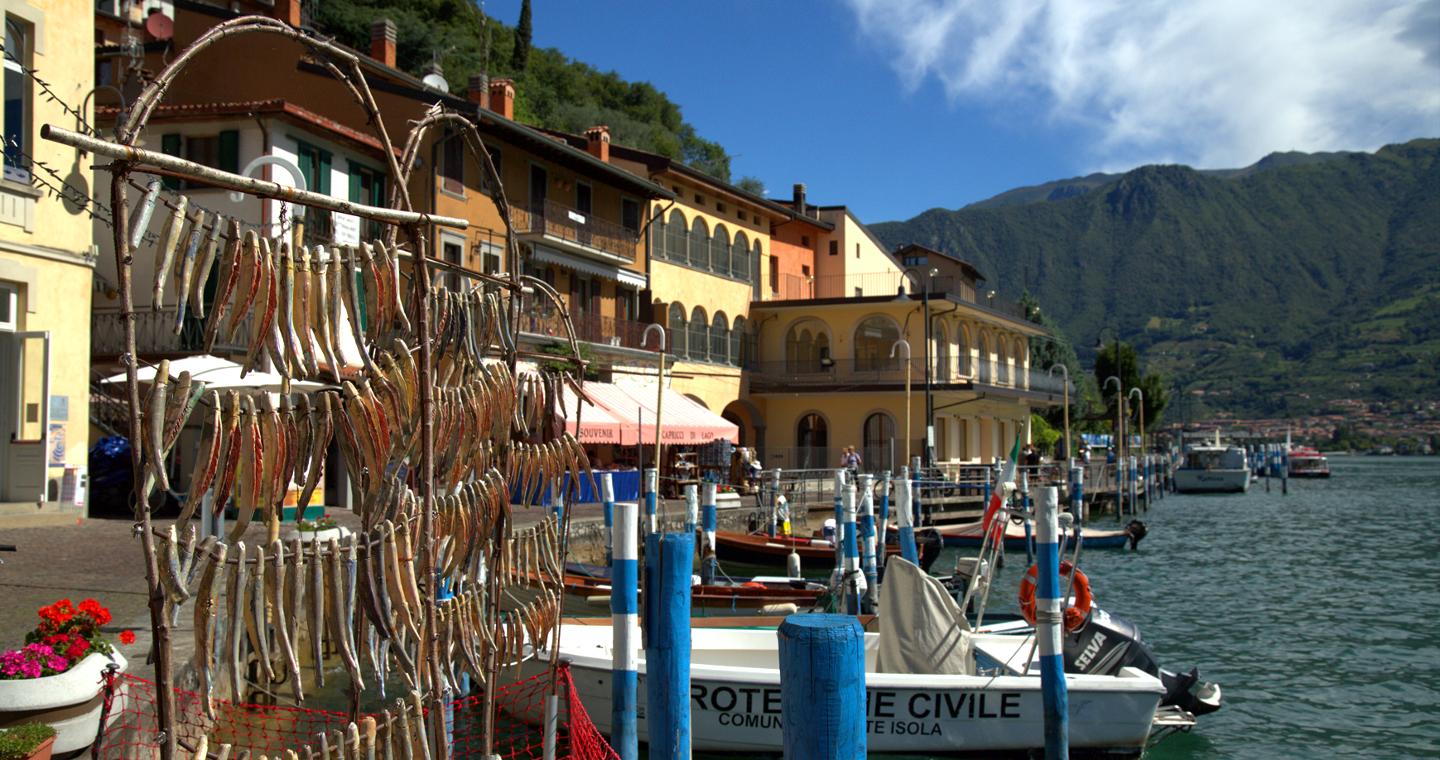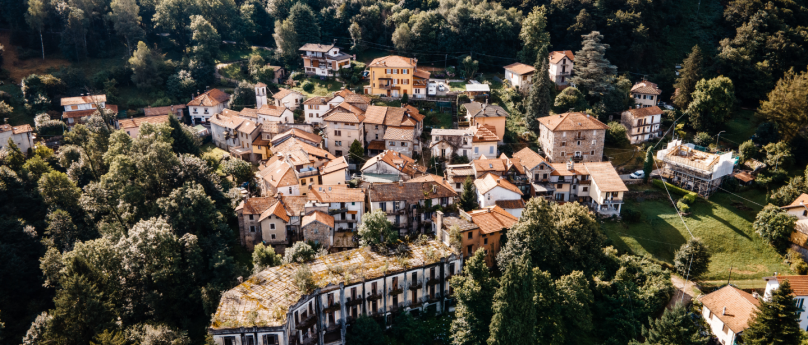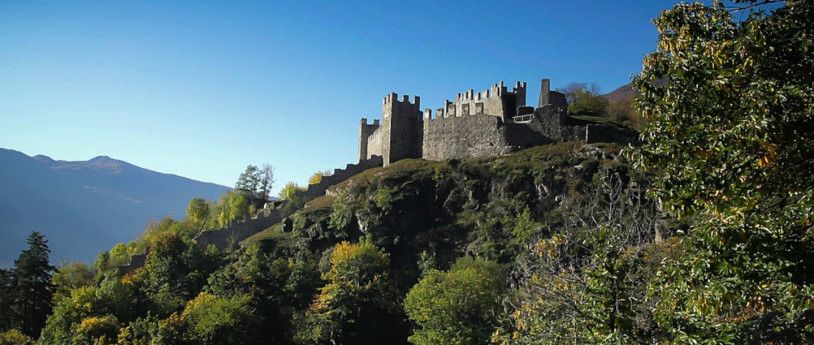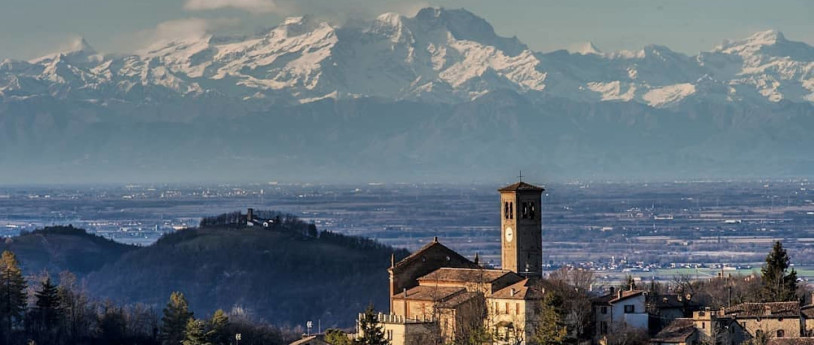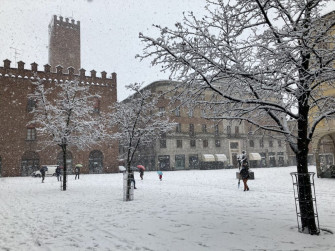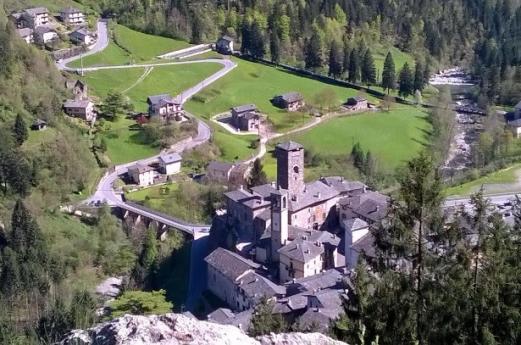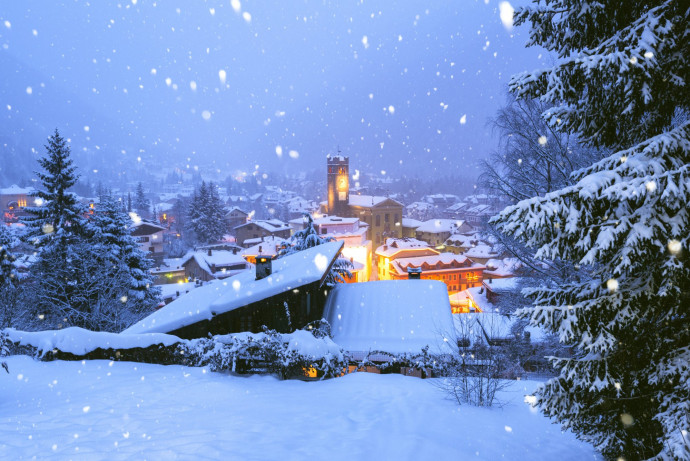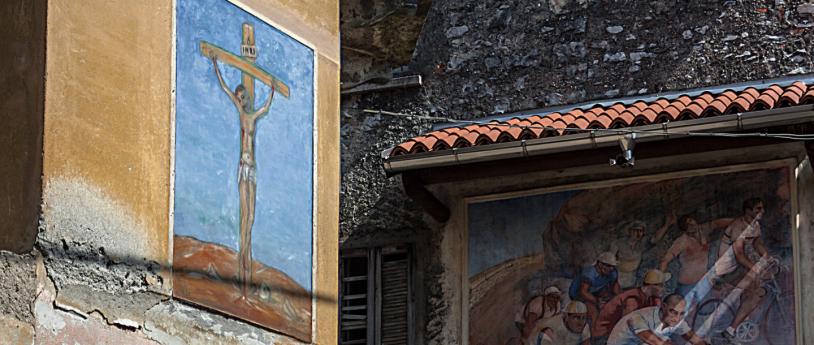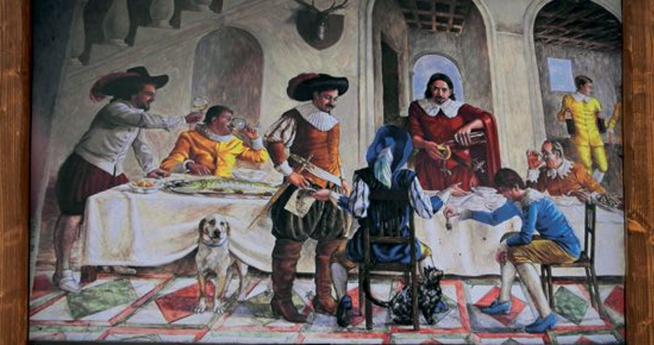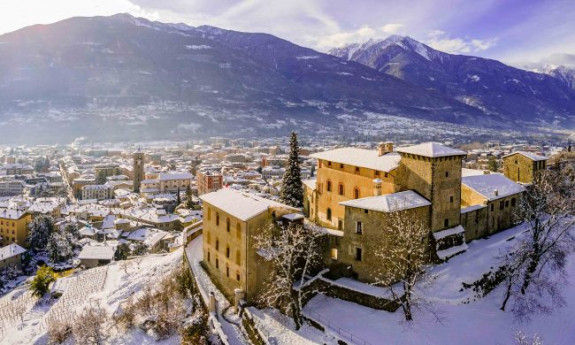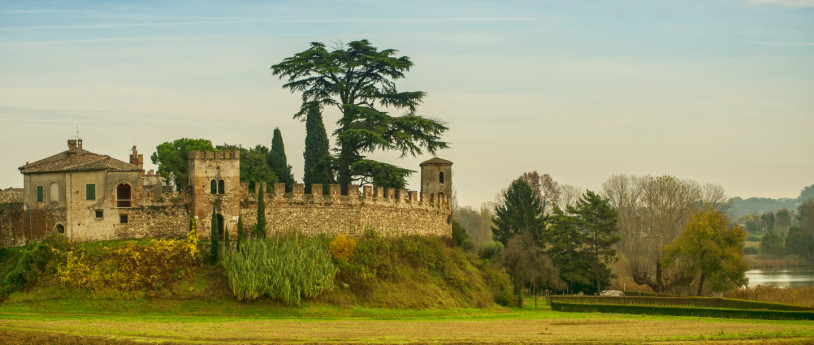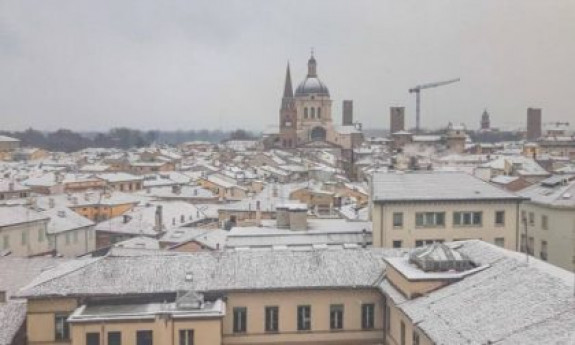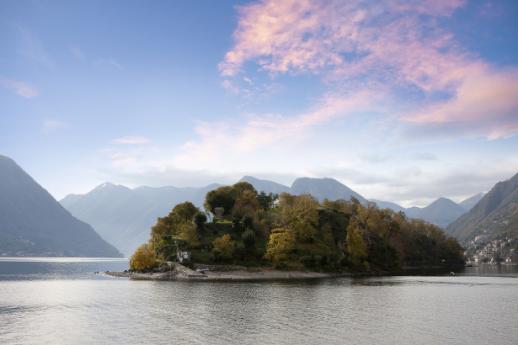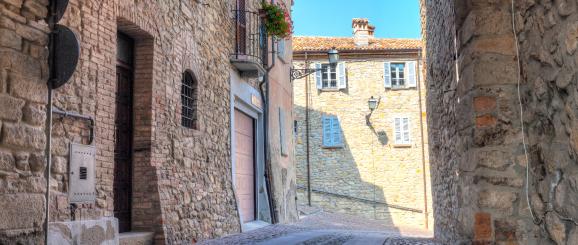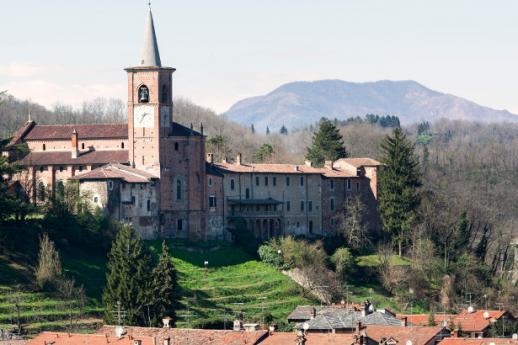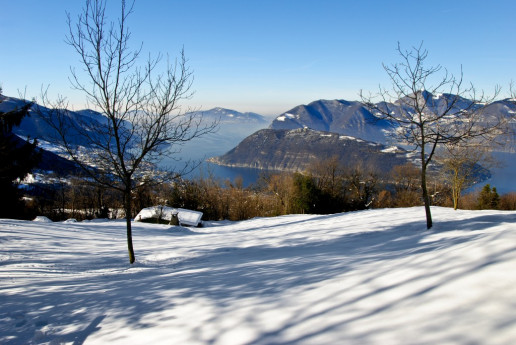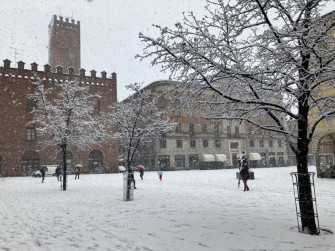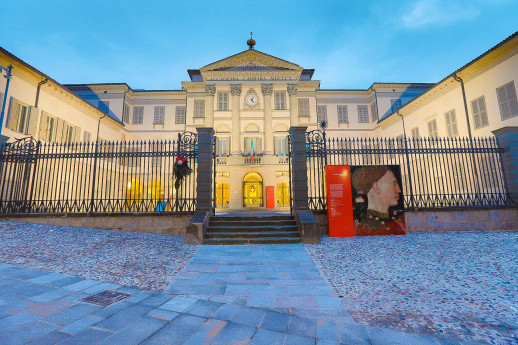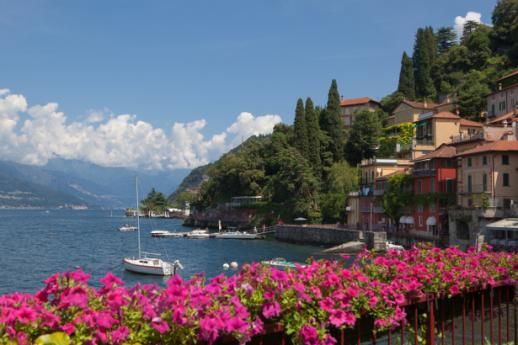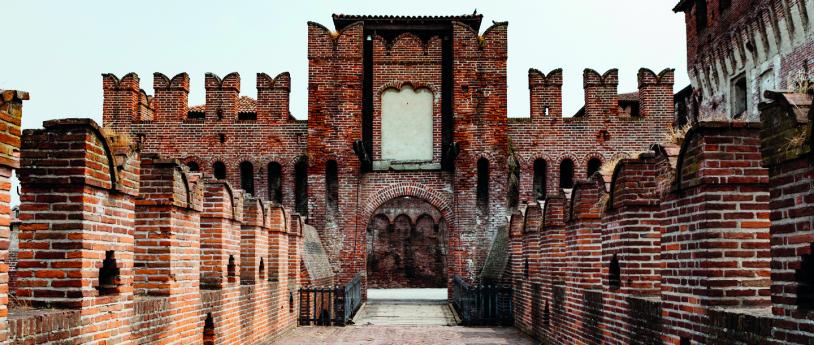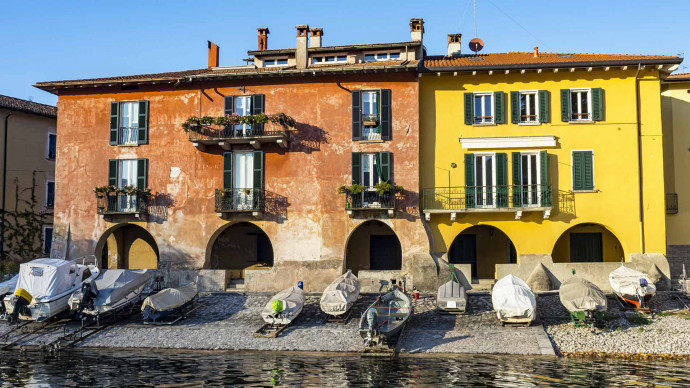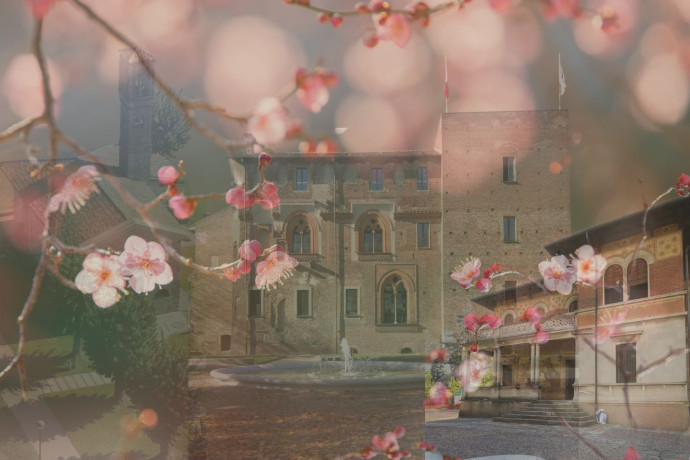- Villages
- Lakes
- Art & Culture
Towns and Villages near Lake Iseo
The villages and towns on Lake Iseo are jewels of narrow streets and shops, between history and naturalism.
Among the great pre-Alpine lakes, the Iseo stands out for the beauty of its landscapes and the charm of its ancient history. Situated between the provinces of Bergamo and Brescia, it harbors along its shores distinctive towns and villages.
Departing from Sulzano and going clockwise towards east you will find the town of Iseo, from which the lake takes its name. It is a medieval town with plenty of churches (S. Maria del Mercato, Pieve di Sant'Andrea, S. Maria della Neve, etc.) and an ancient castle from which 4 towers and its outer walls still remain.
Going west you will pass near the Torbiere del Sebino Natural Reserve and passing by Clusane and Paratico you will arrive to Sarnico, in the Province of Bergamo. This town is a tangle of narrow streets, some of them are full of shops, that can be used to go towards or from the lake. So many evocative corners, artistic and architerctural treasures to see, such as the Gianni Bellini Picture Gallery in Palazzo Gervasoni or the Civic Tower.
By along the shoreline, you will arrive to Predore and Tavernola Bergamasca, ancient centers where you can enjoy a breathtaking view over Lake Iseo, specially if you go to the Madonna della Neve (or San Gregorio) Sanctuary, or to the summit in Corno di Predore.
Staying on the western banks of Lake Iseo, you can find Parzanica, Riva di Solto and Solto Collina, small, colorful towns that are worth a visit. Solto Collina is a medieval town with a charming, perfectly preserved downtown. In the surroundings of Riva di Solto we would like to point out the Orrido del Bogn, a sublime natural attraction.
Continue until getting to Castro and Lovere. The latter is considered as one of the most beautiful towns in Italy and is caught between the mountains and the lake, with a splendid square from which you can admire it in its entirety. The most important building here is the Tadini Art Academy, which guards some prestigious works from Antonio Canova. It also counts iwth the Cornasola Tuoristic Pier, the largest one in the area.
By going along the shape of the lake, you will arrive to Costa Volpino, located precisely at the beginning of the Valle Camonica where the Oglio river finds its outlet in the lacustrine basin.
Go down the eastern coastline - again in the province of Brescia - and find Pisogne. An ancient center where traces of prehistoric settlements can be found. Visit Piazza del Mercato, featuring the structures of Torre del Vescovo and the Parish of S. Maria Assunta.
Getting near Sulzano and Montisola, you may stumble with Marone, industrious center not far away from Monte Guglielmo and the Valeriana Road, old muletrack of Roman origins, a mandatory step on the way to Valtrompia.
Lastly, you will arrive to Sale Marasino, with its Villa Martinengo and the Church of S. Zenone.
You will get back in front of Montisola on Brescia's side of the Lake, finishing this route in Sulzano, protagonist in 2016 of Christo's The Floating Piers.
This tour around the lake will allow you to know local history, culture and natural landmarks.
For further information on the towns and monuments that surround Lake Iseo, visit iseolake.info
